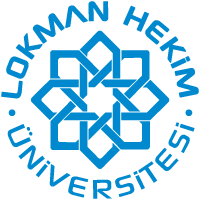| dc.description.abstract | Background: Intestinal ischemia is a highly morbid and mortal condition with no specific treatment. The present study aimed to investigate the effects of cyclooxygenase (COX) inhibition synchronized with nitric oxide (NO) release and endothelin (ET) receptor blockade on oxidative stress, inflammation, vasoconstriction, and bacterial translocation which occur during ischemia-reperfusion (I/R) injury in in-vivo rat intestinal I/R model.
Materials and methods: 36 male Wistar rats were randomly divided into six groups (n = 6). Superior mesenteric artery blood flow (SMABF) was recorded; SMA was occluded for 30 min; SMABF was re-recorded at the beginning of the reperfusion phase. Rats were sacrificed after the reperfusion period of 60 min. Blood and tissue samples were obtained. Acetylsalicylic acid (ASA), NO-ASA, flurbiprofen (FLUR), and Tezosentan (TS) were administered 15 min after ischemia. Histopathological examination, bacterial translocation, and biochemical analysis were performed in plasma and tissue samples.
Results: SMABF difference, mean Chiu's score and bacterial translocation were increased in the I/R group and decreased in the treatment groups. Plasma LDH, transaminases, intestinal fatty acid-binding protein (I-FABP), TNF-alpha, ICAM-1, interferon-gamma (IFN-gamma) and proinflammatory cytokine panel; tissue lipid peroxidation, MPO, xanthine oxidase (XO), NO, NF-kB levels and the expression of TNF-alpha were significantly elevated in the I/R group and markedly decreased in the treatment groups. The tissue antioxidant status was decreased in the I/R group and increased in the treatment groups.
Conclusion: It is suggested that NO-ASA, TS, and FLUR can be introduced as promising therapeutics to improve intestinal I/R injury. | en_US |















